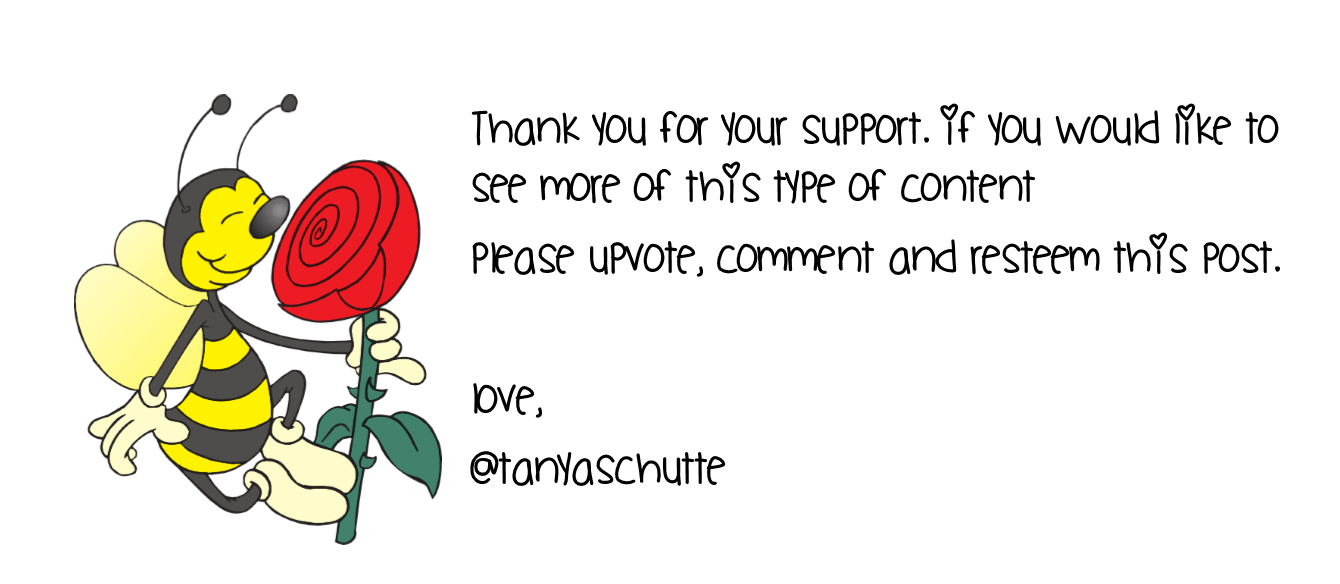Photosynthesis: Information sheet, Videos and worksheets + Answer sheet

Photosynthesis is a process in which sunlight energy, carbon dioxide and water is used by plants to make glucose. The site of photosynthesis is in the chloroplast – tiny cellural structures (organelles) found in the cells of the leaves of green plants. The main functions of chloroplasts are to produce food (glucose) during photosynthesis, and to store food energy. Chloroplasts contain the pigment, chlorophyll. Chlorophyll absorbs most of the colors in the color spectrum, and reflects only green and yellow wavelengths of light. This is why we see leaves as green or yellow - because these colors are reflected into our eyes. Chlorophyll also traps the energy from the sun to be used in the process of photosynthesis.

- What is photosynthesis?
- Where does photosynthesis occur?
- What are chloroplasts and where are they found?
- What are the two main functions of chloroplasts?
- Why do most leaves appear green?
- What is the primary pigment found in the chloroplast?
Glucose is another name for sugar. The molecular formula for glucose in C6 H12 06. Plants make sugar by using the energy from sunlight to transform CO2 from the air with water from the ground into glucose. This process, called photosynthesis, occurs in the chloroplast of the plant cell. During this process, oxygen (02 ) is created as a waste product and is released into the air for us to breath. The formula for photosynthesis is: 6C02 + 6H20 + sunlight ---- C6 H1206 + 602 This formula says that carbon dioxide and water molecules are combined with the energy from sunlight to produce sugar and oxygen. The reactants in photosynthesis (what is used) are CO2, water and sun. The plant gets water from the ground through its roots. The plant collects carbon dioxide from the air. Much of the carbon dioxide comes from living organisms that exhale it (Carbon dioxide is a by-product of cell respiration), but some also comes from factory smokestacks and car fumes.
The glucose produced during photosynthesis are stored as starch. Starch does not dissolve in water as glucose does. This is to prevent the glucose from being expelled from the leaf during transpiration.

- What is the formula for photosynthesis?
- What three things are used to make glucose in photosynthesis?
- Where does the water come from?
- Where does the water enter the plant?
- What are some sources of C02?
- What type of energy does the plant use to convert C02 and H20 into sugar?
- What is produced in photosynthesis?
- What is the glucose used for?
- As what substance is glucose stored inside the plant?

ANSWER SHEET
- Photosynthesis is the process by which plants use water, carbon doixide and energy from the sun to make glucose.
- Inside organelles called chloroplasts.
- Chloroplasts are tiny structures (organelles) found in cells of the leaves of green plants.
- Main functions are to produce glucose and to store food as starch.
- The pigment chlorophyll absorbs all the colors of the spectrum except green, which it reflects. The reflected light enters our eyes and we perceive the colour of the leaves as green.
- Chlorophyll.
- 6C02 + 6H20 + sunlight ---- C6 H1206 + 602
- Water, Carbon Dioxide and energy from the sun.
- The water is absorbed by the roots of the plant and transported to the leaves.
- Cell respiration, factories, emissions from cars etc.
- Glucose
- Glucose is used by the plant to generate energy during cell respiration.
- As starch.
Additional Resources to use when explaining photosynthesis to your learners

Congratulations @tanyaschutte! You have completed some achievement on Steemit and have been rewarded with new badge(s) :
Click on any badge to view your own Board of Honor on SteemitBoard.
For more information about SteemitBoard, click here
If you no longer want to receive notifications, reply to this comment with the word
STOP